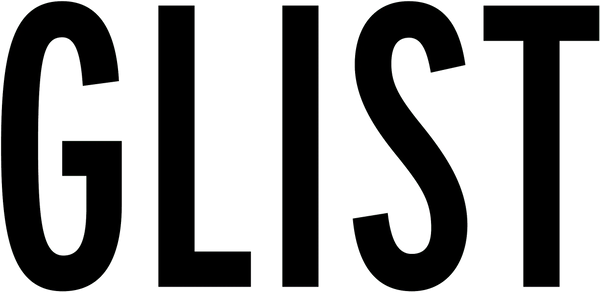When choosing which sheet mask is right for you, it is important to take into consideration the functionality of the mask, the material, the quality of the serum and the after-effects. Using a poor-quality sheet mask is not only a waste of time and money but is a surefire way to clog your pores which can lead to breakouts and problem skin.
As the first skincare brand in the Gulf region to specialise in East Asian quality sheet masks, we’ve been testing out sheet masks for more than 20 years, so you don’t have to. Keep on reading to discover more about the vast range of mask materials that are available in the market and which we think is the best to give your skin the hydration that it needs.
THE DIFFERENT TYPES OF SHEET MASK MATERIALSFrom cotton to charcoal, microfibre, bio-cellulose, foil and hydrogel – there are so many different types of sheet masks out there to choose from. As each material is completely different, it can be confusing to know which one to use.
Common mask materials include cotton due to its soft and absorbent nature which allows air and moisture to move around freely on the skin, micro-fibre due to its softness and ability to fit snugly on the skin and cupra which controls moisture on the skin to ensure that the serum is evenly distributed. Classic sheet masks are generally made from rayon because the thickness of the material means that it stays firmly in place and hydrogel masks are 100% soluble and feel like a cool, thin layer of film on the face. Bio-cellular masks are made from natural fibres that allow for strong adhesion, foil masks help to prevent the serum and active ingredients in the mask from evaporating and charcoal sheets help to detox the skin and help to balance out excess oils.
WHY IS SHEET MASK THICKNESS IMPORTANT?
It’s important to use a sheet mask that isn’t too thick or too thin because this is what will determine the amount of serum that the skin can absorb. If the sheet is too thick, it will absorb the serum of the mask instead of transferring it into your skin and if the sheet is too thin, it is more likely to dry out quickly and the serum will be absorbed into the air instead of onto your face. A high number of sheet masks are also made from cheap materials and can leave pieces of fibre on your face which will counteract the use of a sheet mask because it can lead to blocked pores and irritation.
GLIST’S FAVOURITE SHEET MASK MATERIAL
GLIST believes that hydrating the skin is the remedy to all types of skin concerns. With this in mind, we’ve sourced a semi cellulose gel sheet type for our products, which has never before retailed in the region. Semi cellulose gel is a revolutionary technology that is made from both gel and fibre and is considered by leading skincare experts and biochemists as the gold standard for hydrating and treating the skin. The mask looks and feels like gel when it is wet and applied to the skin but after 20 minutes of use, the sheet transforms into a white fibre sheet, which is down to the mask being the perfect thickness. This encourages the active ingredients to be absorbed deep into the pores to give you instant and long-lasting results. Semi cellulose gel masks allow for skin-tight adhesion and optimal coverage and provide an instant cooling feeling on the skin. This calms skin irritation and is the perfect remedy for the region’s hot and humid weather conditions.

